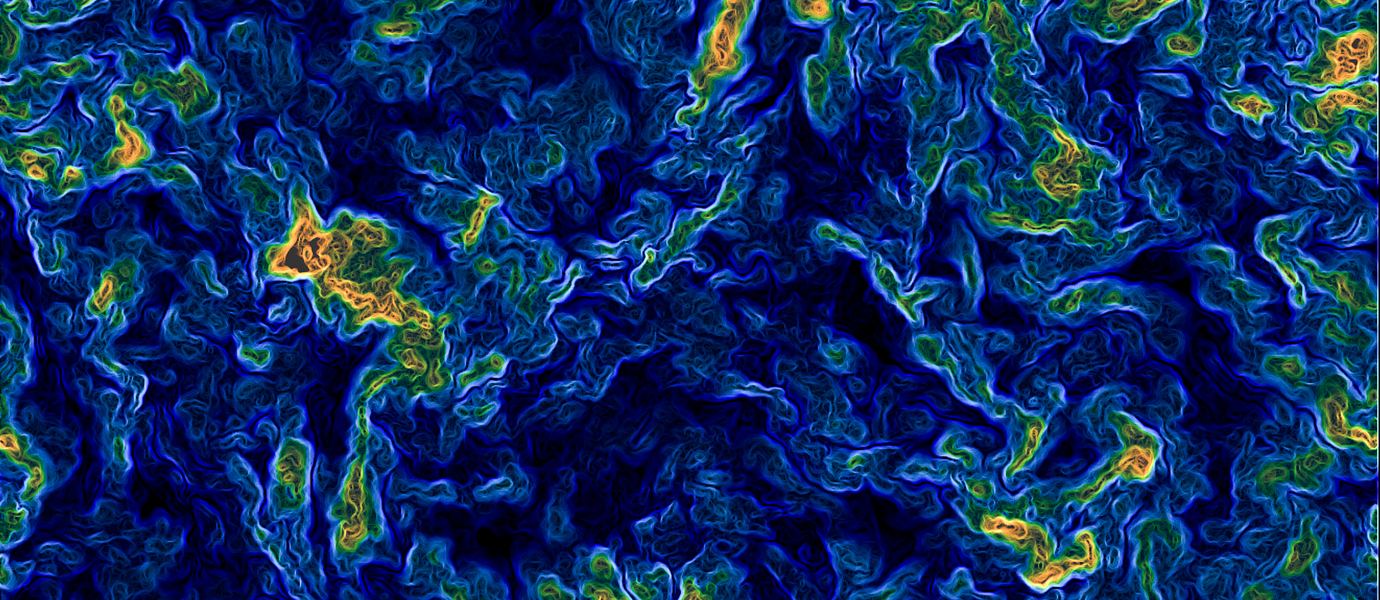It’s almost impossible to over-emphasize the primal, raging, natural power of a star. Our Sun may appear benign in simple observations, but with the advanced scientific instruments at our disposal in modern times, we know differently. In observations outside the narrow band of light our eyes can see, the Sun appears as an enraged, infuriated sphere, occasionally hurling huge jets of plasma into space, some of which slam into Earth.
Jets of plasma slamming into Earth isn’t something to be celebrated (unless you’re in a weird cult); it can cause all kinds of problems.
Some scientists are dedicated to studying the Sun, partly because of the danger it poses. It would be nice to know when the Sun is going to throw a tantrum and if we’ll be in its path. We have multiple spacecraft dedicated to studying the Sun in detail. The Solar Dynamics Observatory (SDO,) the Solar and Heliospheric Observatory (SOHO,) and the Parker Solar Probe are all engaged in solar observations.

The Sun’s mighty magnetic fields play a huge role in the Sun’s outbursts, though scientists are still working out the details. A new study published in Nature Astronomy is helping scientists understand the magnetic fields in more detail. It’s titled “Numerical evidence for a small-scale dynamo approaching solar magnetic Prandtl numbers,” and the first author is Jörn Warnecke, a senior postdoctoral researcher at Max Planck Institute for Solar System Research (MPS.)
The solar dynamo is responsible for the Sun’s magnetic fields. The solar dynamo has two parts: the small-scale dynamo and the large-scale dynamo. The problem is solar researchers have not been able to model them yet, at least not in full detail. Problematically, they can’t confirm that a small-scale dynamo (SSD), which is ubiquitous in astrophysical bodies throughout the Universe, can even be generated by the conditions in the Sun. That’s obviously a big problem because a small-scale dynamo would have a huge influence on the Sun’s behaviour.
“A powerful SSD may potentially have a large impact on the dynamical processes in the Sun,” the authors write in their paper. “Hence, it is of great importance to clarify whether or not an SSD can exist in the Sun.”
What’s a small-scale dynamo?
A small-scale dynamo amplifies magnetic fields on scales smaller than the driving scale of turbulence in diverse astrophysical media, according to this study. You can quickly go down a rabbit hole trying to understand this in detail. But in fairly simple terms, an SSD requires much stronger turbulence than a large-scale dynamo.
It all comes down to what’s called a Prandtl number (PrN,) and what the Sun’s Prandtl number tells us about its properties. The Sun’s PrN tells us how quickly its magnetic field variations and its velocity even out. The Sun has a low PrN, and for a long time, scientists who study the Sun thought that the low number prevented the development of an SSD.
But this research shows otherwise. It’s based on massive computer simulations on petascale supercomputers in Finland and Germany.

“Using one of the largest possible computing simulations currently available, we achieved the most realistic setting to date in which to model this dynamo,” says Maarit Korpi-Lagg, astroinformatics group leader and associate professor at Aalto University’s Department of Computer Science. “We showed not only that the small-scale dynamo exists but also that it becomes more feasible as our model more closely resembles the Sun.”
Low values for the Prandtl number mean that the plasma velocity and the magnetic field variation even out quickly in the Sun. And the faster they even out, the more unlikely it is that an SSD can form. By finding that’s not the case, and that conditions on the Sun can spawn an SSD, scientists’ understanding of the Sun, its magnetic fields, and its plasma ejections only grows. And that’s good for us who live on a planet directly in the path of some of the Sun’s ejections.

“This is a major step towards understanding magnetic field generation in the Sun and other stars,” says Jörn Warnecke, a senior postdoctoral researcher at MPS. “This result will bring us closer to resolving the riddle of CME formation, which is important for devising protection for the Earth against hazardous space weather.”
Many Universe Today readers are aware that the Sun operates on an 11-year cycle that governs its magnetic fields. Every 11 years, the Sun’s poles trade places, and that changes the Sun’s behaviour. Eruptions, solar flares, and coronal mass ejections increase during the middle of the cycle, called the solar maximum. Since the Sun’s eruptions can disrupt communications, power grids, and other infrastructure on Earth, scientists would like to understand it better.

The interactions between the SSD and the LSD create the solar cycle, so these findings contribute to a better understanding of solar weather, and when we might expect incoming mayhem.
More:
- Press Release: Supercomputer simulations provide a better picture of the Sun’s magnetic field
- Published Research: Numerical evidence for a small-scale dynamo approaching solar magnetic Prandtl numbers
- Universe Today: Solar Orbiter Continues to Get Closer to the Sun, Revealing More and More With Each Pass

